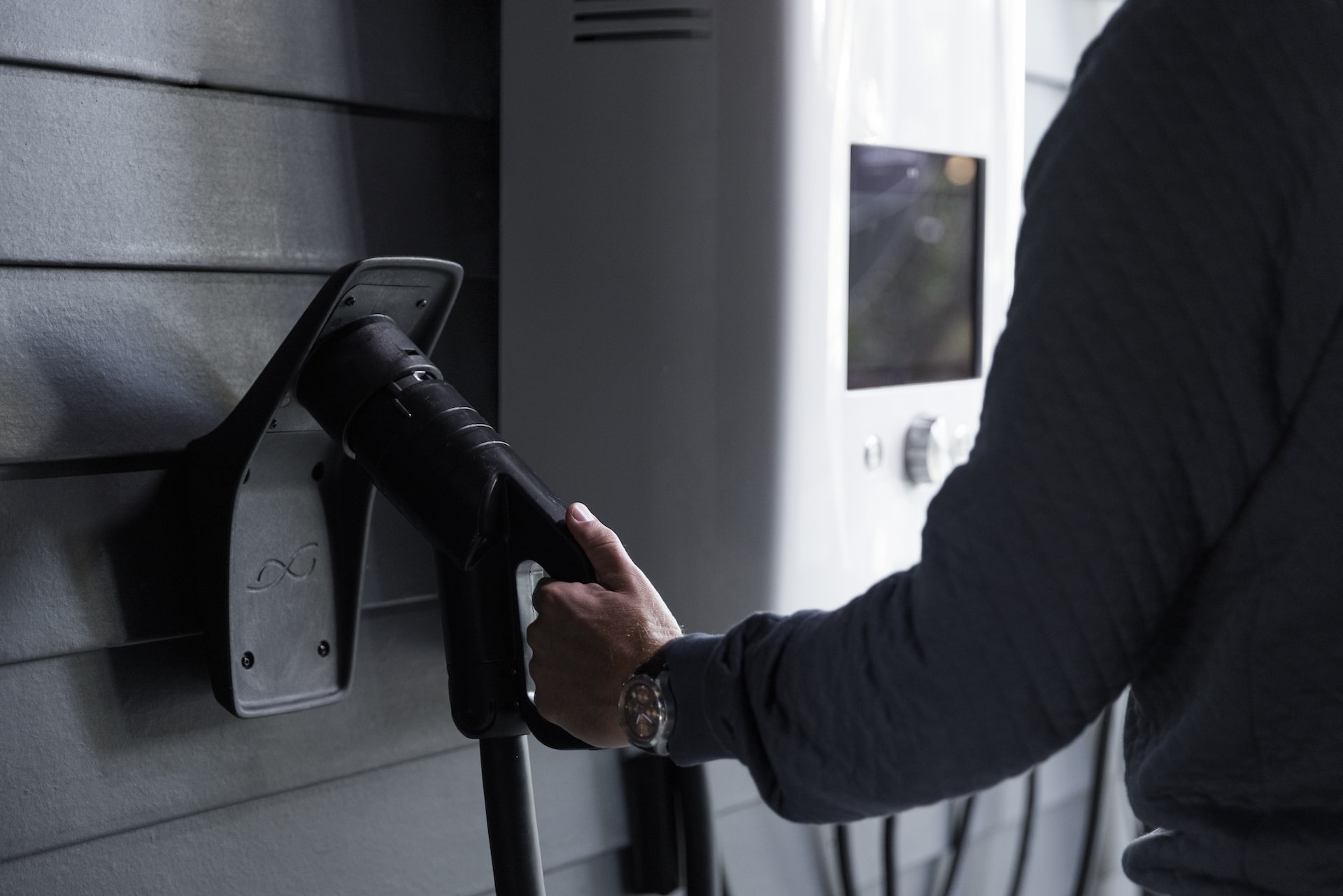The number of electric vehicles on Scotland’s roads is continually increasing as we transition towards a zero-emission transport system. As a result, the requirement for charging infrastructure is also increasing. As the Scottish network expands, drivers are being provided with a range of charging options including the public network, including on-street chargers; at work or at home.
Types of Electric Vehicle Charging
Slow charging (≤ 7kw)
These chargers are compatible with the vast majority of electric vehicles and are intended for use where a vehicle will be left to charge for an extended period of time. Examples of this include home charging and destination charging at park and ride sites.
Fast charging (22kW)
These chargers tend to be found where vehicles are likely to be parked for over an hour, for example leisure centres, tourist attractions and supermarkets.
Rapid charging (50kW)
These chargers are intended for use by drivers en-route, so that they can stop, charge their vehicle and have a quick break, then carry on. As a result of this, they can also be referred to as ‘journey chargers’. They are often found near busy roads and trunk roads across Scotland, and at sites where there are local facilities for drivers to take advantage of (e.g. toilets and shops/cafes).
Ultra-rapid Charging (≥ 100kW)
As the technology in both chargers and vehicles continues to improve, ultra-rapid chargers are starting to pop-up across the country. However, there are relatively few vehicles which can accept this level of charge at the moment. This type of charging is likely to be a requirement for larger, heavy-duty electric vehicles which will have great energy requirements.
Charging while out and about
Scotland has an impressive ratio of publicly available chargers per head of population, with ChargePlace Scotland being one of the largest networks in the country. However, charging infrastructure is available on a number of networks.
Websites such as ZapMap, provide the locations of chargers on all networks. Charge points can be accessed in a number of ways, including via an RFID card or phone app where drivers have an account with a specific network, or increasingly via contactless payment technology which provides more of a Pay As You Go approach.

Workplace charging
An increasing number of workplaces have charge points, and funding is available from EST, to help small and medium sized businesses in rural areas, as well as third sector organisations, to install chargers at their premises to support electric fleet vehicles, staff and visitors with EVs. More information can be found on the following Energy Saving Trust webpage: Business charge point funding - Energy Saving Trust.


Charging at home
If you have access to off-street parking you may wish to consider having a charge point installed at your home. This is often an option that the dealership will discuss with you when you are purchasing a vehicle, however charge points can also be purchased directly from manufacturers and installed by a suitably qualified electrician.
EV drivers who live in rural or remote areas may be eligible for funding from the Energy Saving Trust (EST) to help with purchase and installation costs, and further information is available at the following webpage: Domestic chargepoint funding - Energy Saving Trust.
It is worth noting that there are a range of options for charging, including the public network, so lack of a domestic charge point should not be a barrier to driving an EV, but it is worth considering how you will charge your vehicle
The time required to fully charge a vehicle at home will vary depending on the charger and the size of the car's battery, but using a dedicated home charger is faster and safer than using a standard 3-pin plug.
How much does it cost to charge a car?
The cost of charging a car will vary depending on where you do it and how much you charge it. A typical home full charge will cost around £15. However, this may vary from vehicle to vehicle, and depends on the current price of electricity. And a typical rapid charge station will cost around £10 for a 30-minute charge.
The EV Carshop website has a calculator that will give you a more accurate idea of the current cost to charge an electric vehicle depending on its make and model. Some locations may offer free charging, however tariffs, and in some cases, over-stay charges are being introduced more widely, including across the Charge Place Scotland network.
Tariffs allow hosts to recover the costs associated with operating, maintaining and replacing charge points and help to ensure the reliability and continued growth of the public charging network. Both tariffs and over-stay fees help to deter undesirable behaviours such as ‘bay blocking’ (where a vehicle is left in an EV parking bay for an extended period of time) which negatively impacts other EV drivers.

How long does a fully charged electric car last
Generally, a full charge should last between 150 to 300 miles, with just over 200 miles being the average range for an electric car as of 2023.
Range (i.e. mileage) is dependent on a range of factors, including the vehicle and it’s battery capacity, driving conditions (including terrain and weather) and the other functions you’re using in the car (e.g. heating, lights etc). It is best to check the vehicle's manual for an accurate picture.
There are a number of public charging points available across Scotland. These are provided by ChargePlace Scotland.
Local Authorities are increasingly introducing tariffs on their charge points to help cover their running costs and maintenance. Use our traffic information map to check EV charging points available.
